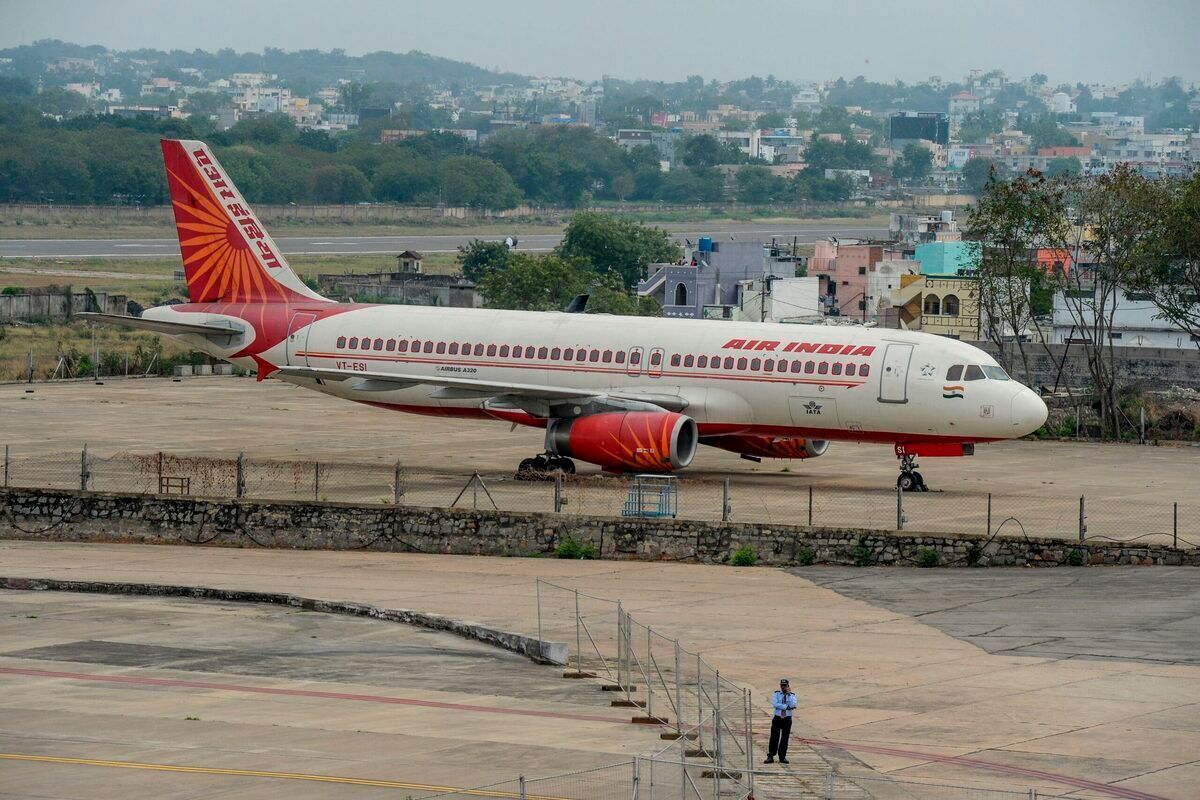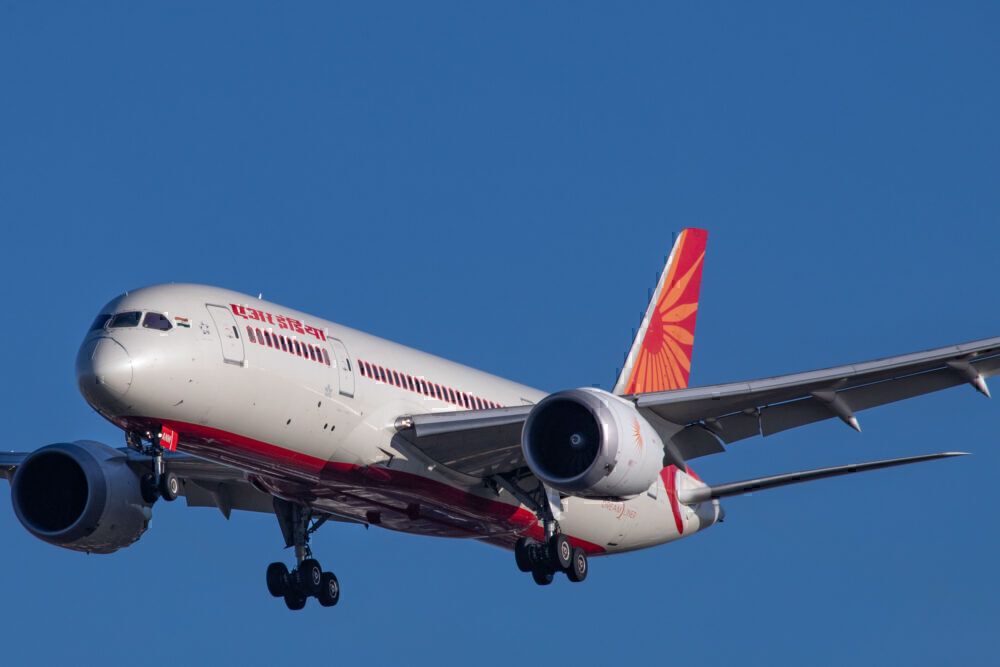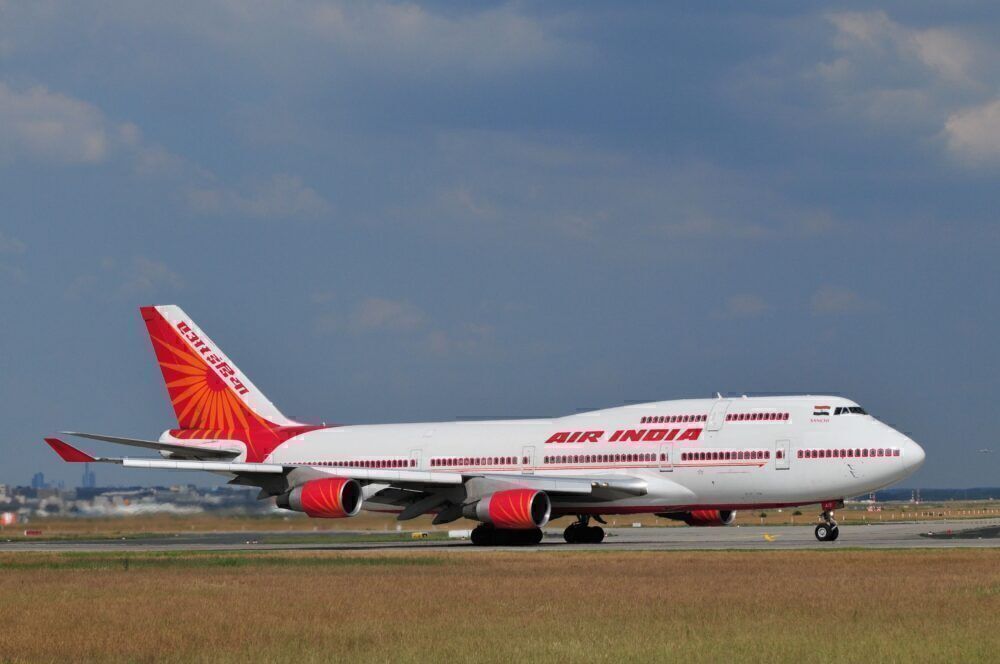India’s cash-strapped national carrier Air India is struggling to get some of its narrowbody A320s up in the air. The news comes just days before the airline is expected to receive final bids for privatization. From flight delays to non-payment of debt, Air India has been in the news recently for all the wrong reasons. The latest report of aircraft grounding doesn’t help the carrier, particularly when it’s so close to moving towards private ownership. Let’s find out more.
No engines
According to a report by Hindustan Times, around 12 Airbus A320 aircraft in Air India’s fleet haven’t flown at all in the last few years. These airplanes need engine replacement, and the carrier doesn’t have the funds required to get them flying again.
Hindustan Times spoke to an airline source who said,
“At least 12 Airbus 320 aircraft continue to remain grounded. The airline needs around ₹11 crore (almost $1.5 million) to make them operational, which the management is unlikely to spend considering the ongoing privatisation process.”
The source further added that the future of these A320s seems uncertain until the carrier receives a successful bid for privatization.
Stay informed: Sign up for our daily and weekly aviation news digests.
Not the first time
Air India has been in similar situations before. In 2018, it was reported that the carrier had grounded 19 aircraft, both narrowbodies and widebodies, due to maintenance issues. The airplanes involved ranged from the A320 family to Boeing widebodies of 777 and 787. Even back then, the airline was struggling to afford repairs needed to make these airplanes operational. Finally, in May 2019, it was reported that Air India was planning to arrange the funds required to get the fleet back in the air again.
In another incident in January 2020, the beleaguered carrier had to ground an A320 in the city of Vadodara in Gujarat. In this particular incident, the carrier had the spare engine but couldn’t complete the paperwork required to fly it into the city due to unpaid GST dues close to $14 million.
Such groundings have only added to the troubles of an already battered Air India. Airplanes don’t make money unless they’re flying. In fact, keeping them on the ground costs even more in terms of maintenance and upkeep. The resulting cancellations, refunds, and last-minute fleet swaps due to such incidents have also affected the cash-strapped airline tremendously in the last few years.
Will privatization help?
All hopes for Air India are now pinned on the upcoming privatization bid. The bidders are also aware of what they are up against. These groundings are part of a bigger malaise the carrier has been suffering from for years. Air India hasn’t seen a penny in profit since 2007 and has a total debt of more than $8 billion on its balance sheet.
Are these groundings just another roadblock on the carrier’s last mile towards privatization? Will the bidders treat it as one more issue among the many they need to iron out for smooth operations? The discussions at the negotiating table in the coming few days will certainly be quite interesting.



